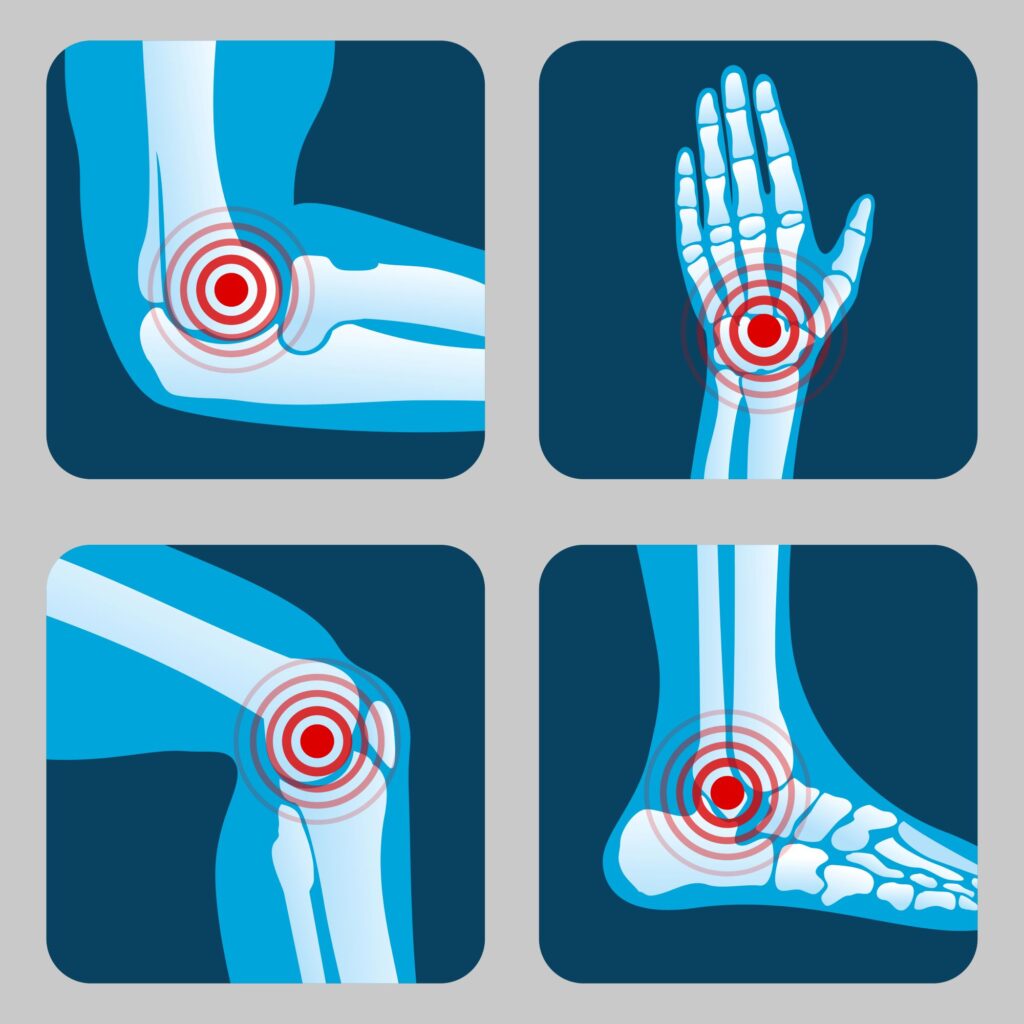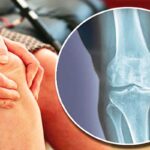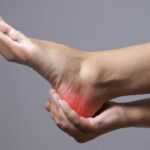
WHAT IS JOINT PRESERVATION?
All forms of joint care are referred to as “joint preservation,” which is a method of regaining normal joint motion and functionality without replacement. Orthopedic surgeons can avoid replacing joints with joint preservation, allowing patients to maintain their native anatomy.
Despite being able to be used on any joint, joint preservation is most frequently applied to the knee, shoulder, or hip.
Regaining productivity, lowering pain, avoiding joint replacement surgery, and enhancing joint function are all advantages of joint preservation.
WHAT CAUSES JOINT PAIN?
We think that joint pain symptoms could be the first signs of cartilage damage, which causes arthritic disorders. A thorough, personalized treatment strategy is therefore necessary to protect the joint, guarantee pain relief, and restore your normal function.
With an injury, you can injure a joint suddenly or gradually over time as the damage gets worse. Joint discomfort may be brought on by:
Injury to the ligament: Jerky movements, car accidents, slips and falls, fractures, sprains, dislocations, and direct strikes to the muscle can all result in this.
Meniscus: A typical injury in which a strong twist tears a particular type of knee tissue.
Arthritis: Arthritis is a collection of uncomfortable, degenerative disorders characterized by inflammation in the joints, which results in discomfort and stiffness.
The majority of causes of joint discomfort don’t call for surgery. You’ll want to keep your joints as healthy as possible. The future of orthopedics will therefore focus on joint preservation.
WHAT IS JOINT REPLACEMENT?
A joint surface that has become arthritic is replaced during a treatment known as arthroplasty with a prosthesis made of metal, plastic, or ceramic. The prosthesis is made to mimic the motion of a healthy, normal joint and, more importantly, to relieve discomfort.
The body has several distinct kinds of joints. The “ball and socket” joints of the shoulder and hip, for instance, are where the rounded end of one bone fits into the cup-shaped portion of another bone. Because it can bend and straighten like a hinged door, the knee is referred to as a “hinge” joint.
WHEN IS JOINT REPLACEMENT NEEDED?
Numerous disorders can result in joint pain, incapacity, and the need for joint replacement surgery. Joint pain is frequently brought on by damage to the articular cartilage, which lines the ends of the bones and can be brought on by fractures, arthritis, or other conditions. If painkillers, physical therapy, and modifications to your daily routine do not help, joint replacement surgery might be required.
GETTING READY FOR SURGERY
Your doctor will spend time getting you ready for the procedure in the weeks leading up to it. In order to aid plan your surgery, your doctor may do the necessary tests, including a blood test and a cardiogram, or evaluate your overall health. Find out what to anticipate before, during, and after surgery by speaking with your doctor.
JOINT REPLACEMENT SURGERY
The goal of joint replacement surgery is to resurface the worn cartilage. The process involves resurfacing the damaged joints. In order to allow the bone to grow onto the implant, the prosthesis can either be press-fit or bonded to the bone with acrylic cement. The patient will go through physical therapy to be able to move and use the joint after the joint replacement is in place.
The hip, knee, and shoulder are the three joints most frequently replaced by surgery.
JOINT REPLACEMENT VS. JOINT PRESERVATION
In order to restore cartilage deficiencies and give patients the chance to keep their natural joints for as long as possible, joint preservation utilizes novel procedures. Joint replacements involve removing the diseased joint’s component pieces and replacing them with metal, ceramic, or plastic prostheses that mimic the motion of a healthy joint. Joint preservation and replacement techniques are reliable and safe.




